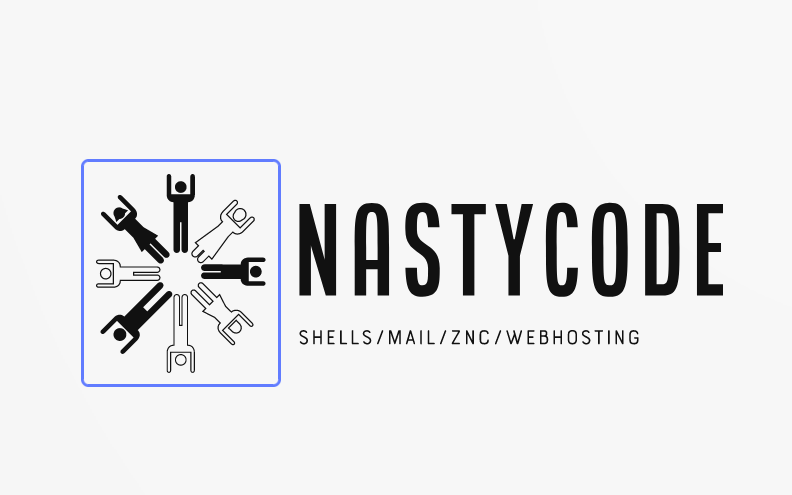Why Plan 9
Today's Linux/BSD systems are heavily controlled by corporate interests. It is unlikely that these corporations will tolerate the Inter9's efforts to preserve user freedom on the Internet. Moreover, the Inter9's users will be unable to make any significant impact or contribution to existing projects. A new project is needed which is specifically chosen for the task of connecting together isolated networks.
In general, OpenBSD's goals do not match the Inter9's. OpenBSD's community is insular; it is not particularly friendly towards, nor interested in, outreach to newbies. It is unlikely that newbie contributions would get integrated into upstream. It may not accept the Inter9's goals of improving network equality and freedom.
OpenBSD now receives the majority of its funding from large corporate contributors. As of 2022, its top donors include Google, Meta, and Microsoft. And unfortunately, it too is heavily dependent on Linux's corporate ecosystem. For example, efforts have been made to add wayland support.
Most Linux distros today suffer from the second system effect. Components such as Wayland and systemd are becoming too complex for average users to understand and contribute to. These are not merely technical concerns: many of these software projects have vowed hostility towards user freedom. Wayland is dangerous because its parent organization, X.org Foundation, has called for a total boycott of the Free Software Foundation. It is signatory #61 in the RMS boycott petition. Red Hat in particular has called for a complete boycott of the FSF. If Wayland and systemd succeed, they will make it difficult to maintain independent UNIX systems (OpenBSD included) that are not dependent upon IBM Red Hat's ecosystem.
Besides corporate influence, political conflicts are likely to affect the Linux ecosystem. The Linux kernel itself is at risk of a potential fork in the kernel itself due to sanctions.
For these reasons, the Inter9 community needs to have its own, independent system that it can work on, specifically tailored to its goal of preserving democratic control of networks. An independent project will best ensure the Inter9 can achieve its goals of user control of the network. Because the Inter9 is independently developed, it can rely on funding from diverse sources to avoid the harmful influences of corporate control.
Plan 9 provides an elegant, easy-to-learn, and highly effective development environment for connecting together disparate networks. Its small size (10 to 100x smaller than most unix-like distributions) makes it easy to understand and modify the code. By design, Plan 9 is a distributed operating system that offers network transparency. Its ideas are a logical extension of the Unix philosophy which helped propel GNU/Linux to success. Plan 9 will be used to build a new, federated internet.
A few principles will be adopted. First, all users will be welcome, including novices. Secondly, users will be treated as co-developers. Every user will be encouraged to code, and all contributions encouraged. The Inter9 will follow the bazaar model of development.
New code for Plan 9 can be written in both C and Lua. Lua provides a minimalist, high-level language that does not suffer from heavy corporate influence. It will allow rapid software development and provides a good alternative to python, javascript, rust, and go. Use of Lua is encouraged.
At first, the method to popularize Plan 9 is to install it inside existing operating systems like Linux and BSD. This will allow users to run 9 applications while still retaining their existing software. This will allow Plan 9 to immediately support all existing hardware.
Plan 9 offers many alternatives for corporate components used by Linux. For example, rio presents a much simpler and more elegant alternative to Wayland. Rio's interface also presents a lower learning curve than terminal user interface (TUI) applications. acme is a powerful text editor that fits the Unix philosophy. It effectively replaces applications like vi and emacs that still rely on obsolete teletype computing models. This makes it easier for new developers to learn to program for Plan 9. Writing GUIs for unix-like windowing toolkits is usually very complex, but rio makes it very simple. Unlike Wayland, Rio offers network transparency today. It is ready to use with mice, trackpads, and touchscreens. Its code base is far smaller. It provides a good alternative to the obsolete X Windowing system.
